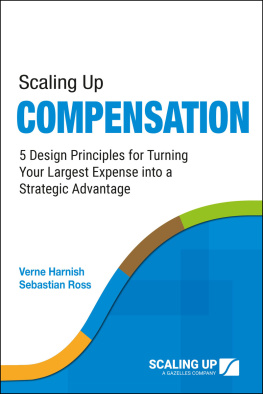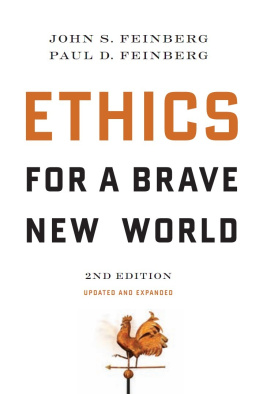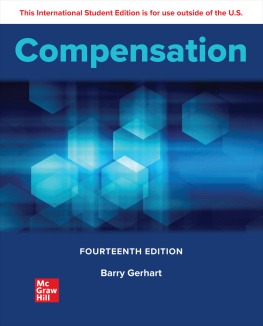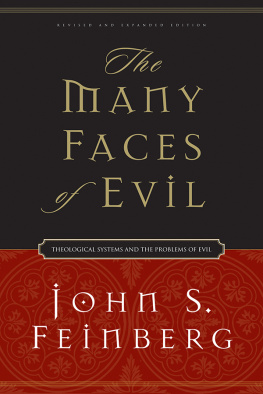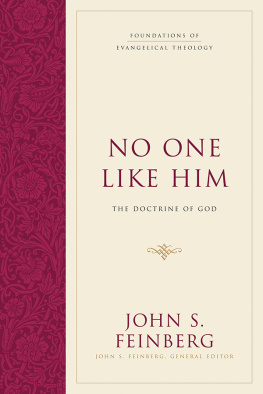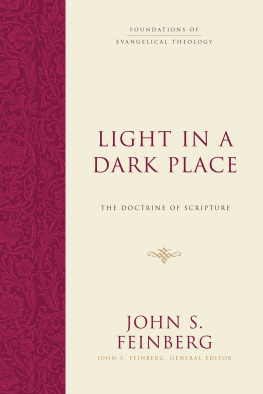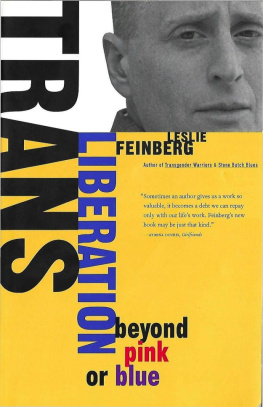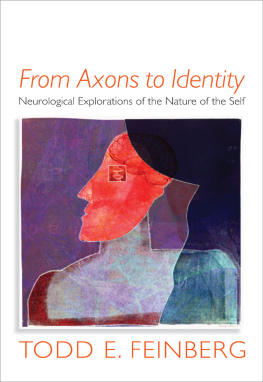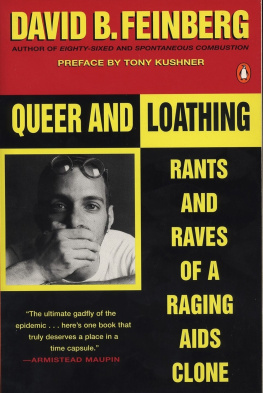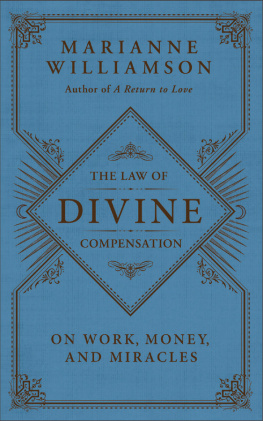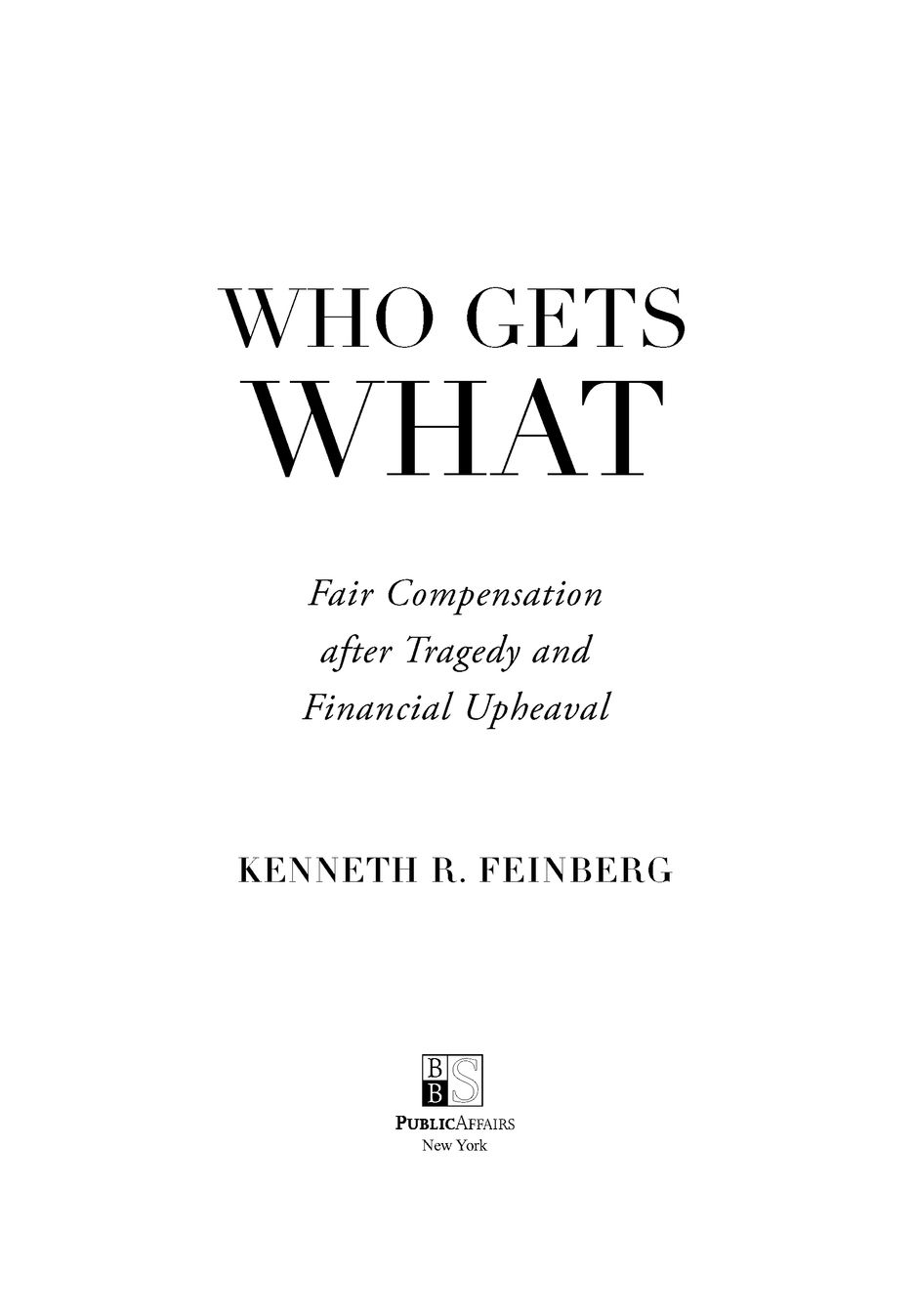Table of Contents
Dedicated to the memory of my sister,
Ruth Feinberg Connors:
my greatest ally and most constructive critic.
With love and appreciation.
PREFACE
This book constitutes a personal effort to summarize some of my more interesting work over the past twenty-eight years. And it has been a unique professional roller coaster filled with highs and lows. The assignmentsto help design and administer various special public compensation programshave been relatively rare; I have been called on just five times since 1984. But each assignment carries with it a highly visible and very public interest. The work is all-consuming. And it occupies an important place in American history.
Who Gets What follows in the wake of my previous effort at explaining the September 11th Victim Compensation Fund: What Is Life Worth? The Unprecedented Effort to Compensate the Victims of 9/11 (PublicAffairs, 2005). Much has happened since then, including the benefits of historical perspective in reexamining the 9/11 fund (Chapter 3). The chapters within are designed to bring the reader up to date with my career.
All of the compensation programs raise profound public policy questions: Why were these programs created in the first place? How were they created? Are they a precedent? What have we as a people learned about the wisdom and effect of these very special programs?
At the same time, this book goes well beyond the policy implications of my public compensation determinations. I also offer personal reflections. I summarize what I have learned about human nature in compensating not only victims of tragedy but also corporate officials targeted by Congress following the 2008 financial meltdown.
The longest single chapter is devoted to the compensation program the Obama administration and BP established following the Deepwater Horizon rig explosion and oil spill in the Gulf of Mexico on April 20, 2010. But difficulties arise in retelling the story of my experiences on this assignment. The Gulf Coast Claims Facility (GCCF), established to process claims and pay cash to eligible claimants, is still operating. So I write without the benefit of historical perspective. Daily events continue to unfold, and final lessons remain to be determined. Tentative conclusions are all that can be drawn.
But focusing a chapter on the GCCF also has its advantages. As an ongoing, contemporary event still occupying media attention and some citizen interest, it is not yet part of history. This particular chapter offers my immediate reaction to day-to-day, week-to-week challenges Gulf claimants bring by demanding cash, often without any proof to back up their claims. The chapter constitutes a type of journal or diary, a primary source I hope is of value to future generations.
As I did in my approach to the 9/11 fund in What Is Life Worth? I again had to confront the problems and challenges of confidentiality in writing Who Gets What. Individual citizens who file a claim for compensation or are the subject of pay determinations pursuant to congressional directive do not anticipate that their personal information will be made public in a book. They file a claim or provide data with the expectation that all such information will remain sealed, for my eyes only. And they are correct. Confidentiality is part of the bargain in participating in these compensation programs. Accordingly, in this book I must walk the fine line between confidentiality and disclosing information of interest to the reader. Names have been changed or redacted in some cases.
I also make liberal use of composite cases to highlight a general point or summarize a series of individual submissions that represent many other claimants. Quotation marks are also used as a form of dramatic license to summarize conversations I had with various claimants and corporate officials. These conversations are based on memory; I do not claim to vouch for every word, but the thrust is accurate.
A special word of thanks to my law partner, Michael Rozen, who has assumed the unenviable task of maintaining and reinforcing contact with our various clients while I have been preoccupied with my various compensation assignments. Special praise, also, to the deputy administrator of the GCCF and my colleague for more than thirty years, Camille Biros, who helped read and edit these pages. Similarly, the final product benefited from the input and historical perspective of my brother, David, who has been at my side for more than sixty years. I also acknowledge my two valuable assistants, Susan H. Schmidt and Joyce E. DeBass Wilkins, who transcribed the entire manuscript and offered helpful suggestions. Other loyal support personnel at Feinberg Rozen LLP also contributed, as did my very thorough research assistant, Elizabeth L. Unger.
I also owe a debt of gratitude to my family, especially my wife, Dede. She has borne the brunt of my long absences and late eveningsthe inevitable price of grappling with the complexities of compensation.
Finally, a particular thank-you to my editors at PublicAffairs. This is my second book published by PublicAffairs, and I continue to benefit from their wise counsel.
INTRODUCTION
In April 1984, Judge Jack B. Weinstein, sitting in federal court in Brooklyn, New York, announced that a class of 250,000 Vietnam veterans exposed to the defoliant Agent Orange while serving in Vietnam, had agreed to settle nine years of class action litigation for the then-unheard-of sum of $180 million. Six weeks earlier Weinstein had appointed me special settlement master. Around-the-clock negotiations forced me to live out of a suitcase in Brooklyn while I tried to get the veterans and the chemical industry to resolve their complex dispute. The settlement would be funded entirely by Dow Chemical, Monsanto, and the six other chemical companies that manufactured Agent Orange for the Department of Defense. The Vietnam veterans claimed that a multitude of physical injuries, illnesses, and deaths were due to their exposure to the carcinogen dioxin, the key chemical ingredient in Agent Orange. But Weinstein believed that even though the class action suit was thoroughly reasonable, no individual veteran would ultimately be able to prove that his individual injury or illness was specifically linked to exposure to the chemical. They would have to settle. Without a fair settlement, the veterans would never get the medical help they needed.
Though the settlement brought down the curtain on the litigation, it left crucial questions unanswered. In the absence of hard medical evidence, which Vietnam veterans would receive portions of the $180 millionand how much? On what basis would eligibility and award amounts be determined? Even with money to distribute, the question remained: Who would get what?
Pioneering a new approach unheard of in our established legal system, Weinstein decided to conduct formal court hearings around the nation, asking the veterans themselves how they would propose distributing the money. I was at his side, listening in amazement as leaders of the Vietnam veterans community pleaded for moneynot for themselves but for their brothers in arms who needed it more than they did. The battle for compensation, in this case, had evoked remarkable depths of compassion in a group of Americans who could all be considered victims. The settlement that Weinstein decided, and I administered, was a revolutionary solution to the seemingly insoluble cultural wound that the Vietnam War left in our society. We thought it would be the firstand lasttime compensation would be decided outside the law in this way.


